Currently, the implementation of electronic medical records is being vigorously implemented by medical facilities. However, more than 100 hospitals announced the implementation after October 2, 2025 (some even late until June 2026), which means they will not complete the required deadline.
Regarding this content, Associate Professor Tran Quy Tuong, former Director of the Department of Information Technology ( Ministry of Health ), currently Chairman of the Medical Informatics Association, shared about the results of implementing electronic medical records (EMR) in the health sector under the direction of the Prime Minister and the Ministry of Health.
Reduce costs and effort for patients
- Could you tell us about the necessity of implementing electronic medical records instead of paper medical records in hospitals?
Associate Professor Tran Quy Tuong: In the context of the strong digital transformation of the healthcare sector, the implementation of electronic medical records (EMR) to replace paper records is an inevitable and urgent requirement. Traditional paper records have many limitations such as being cumbersome, easily damaged, difficult to store for a long time, time-consuming to search and especially difficult to share information between medical facilities.
EMR brings many outstanding benefits, especially for patients: no need to carry a lot of documents when going to the doctor, saving waiting time thanks to the quick processing process, medical history information, test results and diagnostic images are stored centrally, accurately and securely. Thanks to that, doctors can fully grasp the health status, limit duplicate testing, reduce costs and effort for patients.
Electronic records also ensure continuity of care, allowing patients to access services at multiple health facilities without worrying about losing information. At the same time, EMRs contribute to improving treatment safety by reducing errors in prescribing and medication use and supporting doctors in making more accurate decisions.
In particular, EMR also helps patients proactively monitor their health through digital applications, which is an important basis for establishing electronic health records, thereby increasing satisfaction and trust in medical services.
From a management perspective, the implementation of EMR provides a large, “sufficient-clean-alive” source of data on people’s health status and medical examination and treatment activities of medical facilities for the national database. This is an important basis for the health sector to carry out modern administration, policy making and improve the quality of people’s health care.
Not completed the goal of "finishing" on time
- Can you tell us how many medical facilities nationwide have implemented electronic medical records?
Associate Professor Tran Quy Tuong: According to the statistics, as of October 3, 2025, 991 hospitals have announced the implementation of electronic medical records. Of these, 881 hospitals, reaching 53.6% (881/1,645 hospitals nationwide) have announced the implementation of EMR before October 2, 2025 and are considered to have achieved progress according to the direction of the Prime Minister . However, 110 hospitals announced the implementation after October 2, 2025 (some even late until June 2026), which means they did not complete the required deadline.
Among the 881 hospitals that have achieved progress in implementing EMR, the specific structure is as follows: 27/45 hospitals under the Ministry of Health (including 5 medical university hospitals), reaching 60.0%; 329/492 provincial hospitals, reaching 66.9%; 339/684 district hospitals, reaching 49.6%; 147/384 private hospitals, reaching 38.2%; 30 military hospitals, 03 police hospitals and 06 hospitals under other ministries and branches.
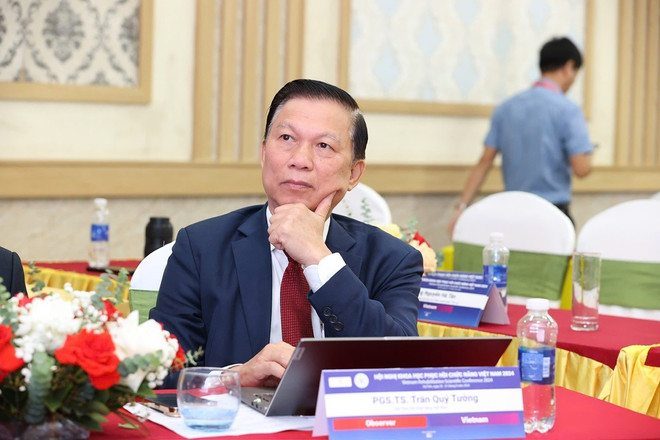
Up to now, some localities have deployed EMR in all hospitals, such as the former Phu Tho province, Quang Ninh province, An Giang province, Bac Ninh province (including the former Bac Ninh and the former Bac Giang), the former Thai Nguyen province, Vinh Long province, Hanoi city...
The 10 hospitals that deployed EMR the earliest are: Hai Phong International General Hospital, An Giang Regional General Hospital, Phu Tho Provincial General Hospital, Vinh City General Hospital (Nghe An), Quang Ninh Obstetrics and Pediatrics Hospital, Quang Ninh Provincial General Hospital, Bai Chay General Hospital (Quang Ninh), Long Khanh General Hospital (Dong Nai)...
Thus, despite many efforts, the progress of EMR implementation nationwide has not met the requirements and has not completed the "finish line" goal on time as assigned by the Prime Minister.
In the coming time, the health sector needs to coordinate more closely with Party committees and local authorities at all levels, come up with drastic and specific solutions, especially for the remaining 46.4% of hospitals that must urgently deploy EMR, ensuring the completion of the goal of digital transformation of healthcare according to the Government's direction.
- What are some of the core requirements of an EMR in place of paper medical records?
Associate Professor Tran Quy Tuong: Electronic medical records (EMR) is an important medical information system that must meet a number of core requirements. First of all, EMR must ensure the completeness, accuracy, timeliness and continuity of medical information; record the entire process of examination, diagnosis, treatment and care of the patient and, when necessary, be able to export and print paper medical records.
Second, EMR must be legal, confirmed by digital signature, electronic signature of medical staff and patients according to the provisions of law, to have the same value as paper records.
Third, the hospital must issue regulations: Regulations on the use and management of EMR, Regulations on the use and management of digital signatures and electronic confirmation; Regulations on ensuring information security and safety at the hospital to ensure safety and confidentiality, protect personal information and health data of patients, and ensure that only authorized persons are allowed to access.
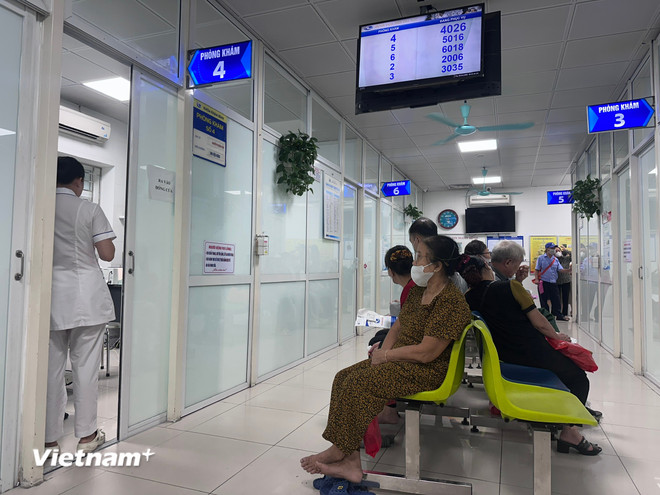
Fourth, hospitals must comply with regulations on network security, information security and personal data protection, such as determining the level of the system, having measures to ensure the security and information security of the system on personal data protection.
Fifth, EMR must be interconnected and standardized, ensuring that data can be exchanged between systems, connected to the database of the Social Insurance agency, with different medical facilities, serving continuous medical examination and treatment, health insurance payment and health sector management.
Multi-sectoral and multi-stakeholder coordination is needed.
- Through the recent widespread implementation of electronic medical records, what difficulties do hospitals encounter, in your opinion?
Associate Professor Tran Quy Tuong: In my opinion, some of the main difficulties and challenges in applying electronic medical records (EMR) in Vietnam can be summarized through a number of points.
Regarding the financial mechanism, the implementation of EMR in public hospitals requires a large initial investment, while the resources of hospitals are limited. Currently, there are no specific guidelines on the financial mechanism for the application of medical information technology in general and the implementation of EMR in particular. The cost of medical services has not yet taken into account the cost of information technology, so hospitals mainly have to use the unit's development investment fund, affecting other essential activities.
In addition, the information technology platform and infrastructure of the Vietnamese healthcare sector is still weak and lacking, while this is a prerequisite for EMR implementation. This limitation causes a large total cost and requires the mobilization of many resources to be able to balance. Therefore, it is necessary to seriously consider the issue of "readiness" in EMR implementation, including policy, technical infrastructure, human resources and finance.
In the implementation of electronic medical records, the attention of hospital leaders is not uniform. Some hospital directors are not really interested, do not clearly see the benefits and significance of implementing EMR, leading to a lack of initiative and determination in implementation. In addition, the information technology capacity of the medical team is still limited. The information technology level of medical staff is still lacking and weak, uneven between levels and medical examination and treatment facilities. This is a major barrier in the effective operation and exploitation of the EMR system.
- To promote the implementation of electronic medical records instead of paper medical records in hospitals according to the Prime Minister's Directive, what solutions do you think are needed?
Associate Professor Tran Quy Tuong: To overcome difficulties and challenges and successfully deploy electronic medical records (EMR) nationwide, in my opinion, it is necessary to strengthen the strong direction of the Ministry of Health; Perfect the legal and policy framework; Ensure financial resources.
In addition, it is necessary to strengthen coordination between State management agencies, professional associations, technology enterprises, local authorities and teams of experts to create unity in EMR implementation nationwide, ensuring effectiveness and practicality.
Thank you very much, Associate Professor Tran Quy Tuong! ./.
Source: https://www.vietnamplus.vn/tien-do-trien-khai-benh-an-dien-tu-tren-toan-quoc-van-chua-dat-yeu-cau-post1068289.vnp







![[Photo] Next to the "mountain of trash" after the flood, Tuy Hoa residents strive to rebuild their lives](/_next/image?url=https%3A%2F%2Fvphoto.vietnam.vn%2Fthumb%2F1200x675%2Fvietnam%2Fresource%2FIMAGE%2F2025%2F11%2F24%2F1763951389752_image-1-jpg.webp&w=3840&q=75)
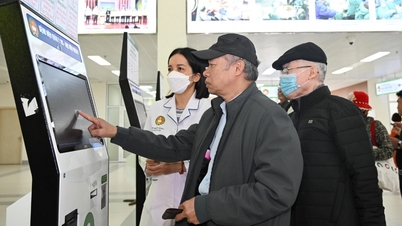

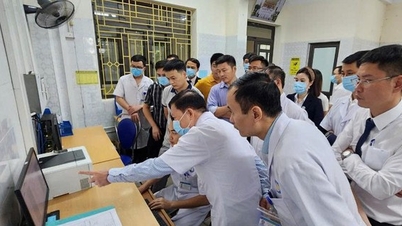


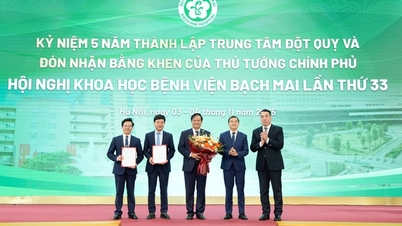


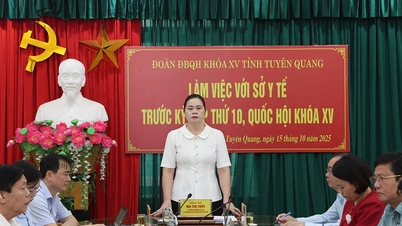


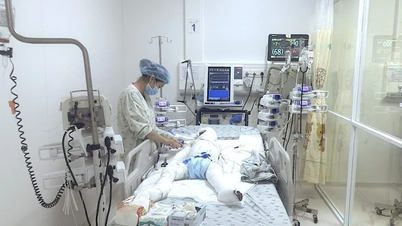



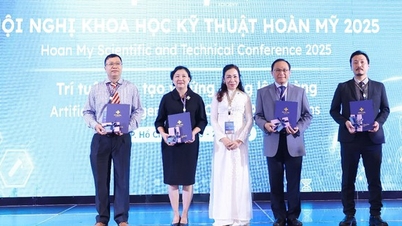







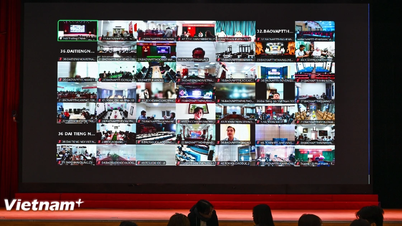
















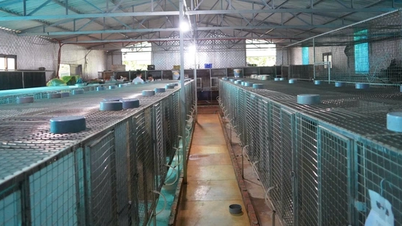









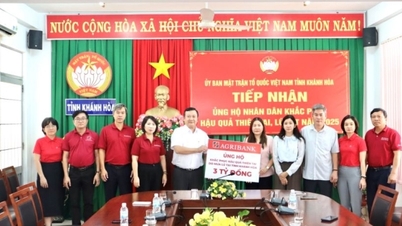











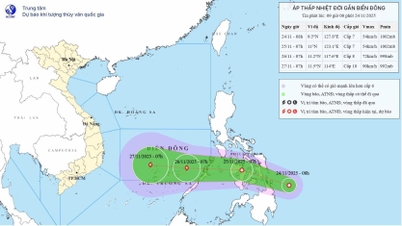



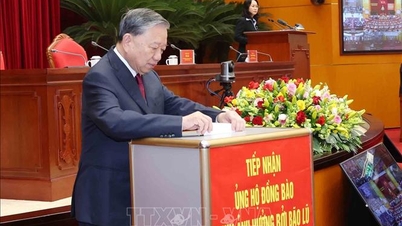










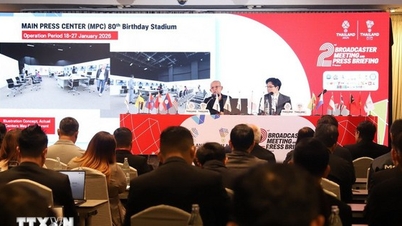
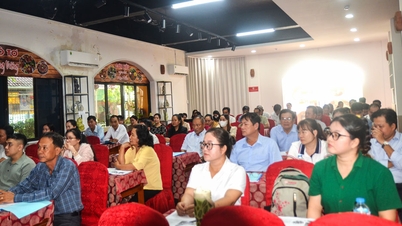



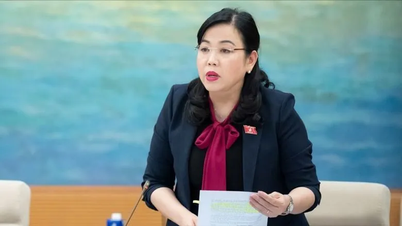

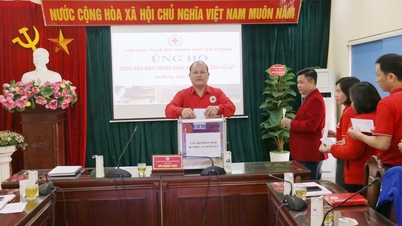






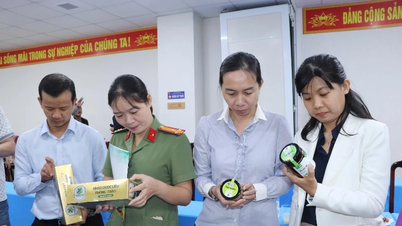









Comment (0)